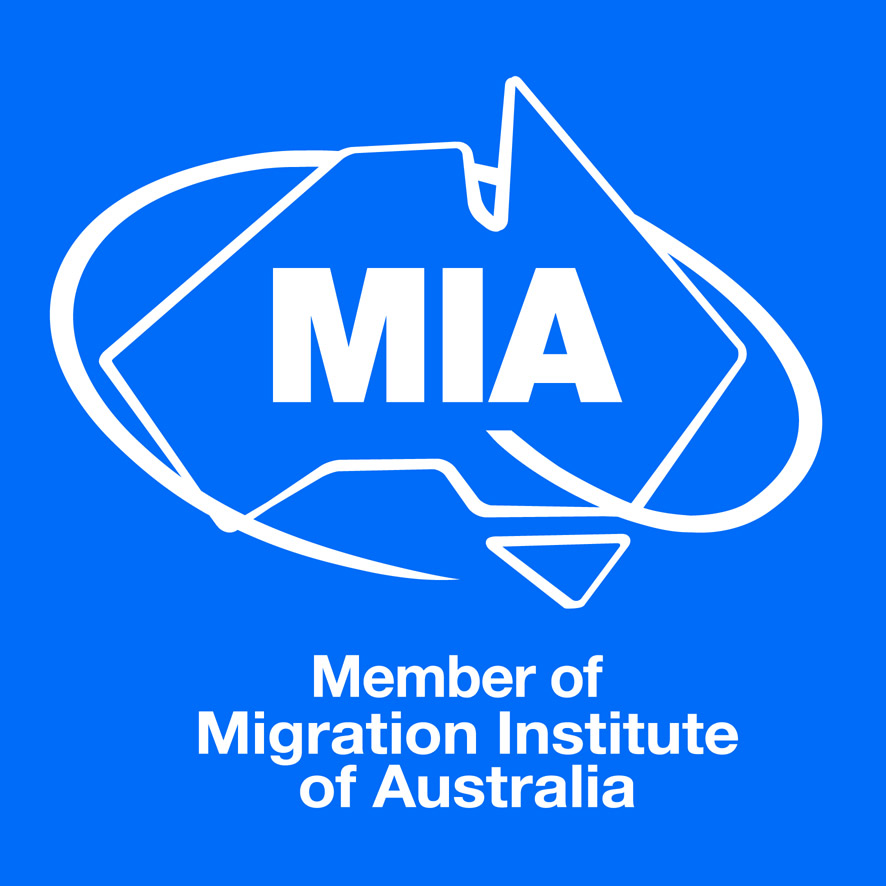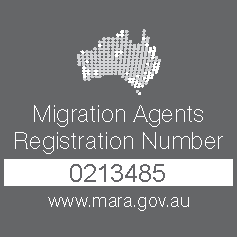Labour agreements enable approved businesses to sponsor skilled overseas workers where the Australian labour market can’t meet the demonstrated needs of a business. They are generally designed for businesses that constantly need to hire skilled overseas workers. They can give access to different visa options outside of a standard SBS.
Labour agreements are negotiated between the Australian Government and employers. An employer needs to make a very strong case for needing a labour agreement. In effect for five years, they are usually granted under one or more of the following visa programs:
– Temporary Skill Shortage Visa (subclass 482)
– Employer Nomination Scheme Visa (subclass 186)
– Skilled Employer Sponsored Regional Visa (subclass 494)
Types of Labour Agreements
There are five types of labour agreements. These are:
Company Specific Labour Agreements
– For employers where a genuine skills need is not already covered by an industry labour agreement
– Where a Designated Area Migration Agreement or project agreement is not in place
Designated Area Migration Agreements
– This is a formal agreement between the Australian Government and a regional, state or territory authority.
– It provides access to more overseas workers than the standard skilled migration program.
Industry Labour Agreements
These are agreements for a specific industry with fixed terms and conditions. The industry must show ongoing shortages. There are currently nine industry agreements in place. These are:
– Dairy
– Fishing
– Meat
– Minister of Religion
– On-hire
– Pork
– Restaurant (fine dining)
– Advertising
– Horticulture
Project Agreements
– These agreements are for project companies with genuine skills shortages during the construction phase of resource or infrastructure projects.
Global Talent Employer Sponsored Agreements
– This agreement allows employers to sponsor workers for highly skilled niche positions that can’t be filled by Australian workers or through other standard visa programs.
How to obtain a Labour Agreement
Step 1
Employers need to understand the requirements for a Labour Agreement, including the circumstances under which they can be made, what the purpose of a Labour Agreement is in their particular situation, and how it will need to be presented to the Australian government. It’s best to consult a Registered Migration Agent to get the full picture.
Step 2
A labour agreement request is lodged online with all the relevant supporting documentation.
Step 3
Once a labour agreement request is received the information will be assessed and applicants will be advised of the outcome. If a labour agreement request is approved a labour agreement document will be sent to the applicant for review and signing. The labour agreement comes into effect once the document is signed by all parties.
Assessment Process
Labour agreements are assessed on a case-by-case basis. The assessment can take up to six months. Processing times vary based on:
– Whether a complete application has been lodged with all necessary supporting documents
– How quickly applicants respond to requests for information
Labour agreements are very comprehensive and can be quite complex. Visa Solutions Australia has been successful in helping their clients obtain labour agreements.
If you would like to learn more about labour agreements or any other aspect of migration contact Visa Solutions Australia on 1800 828 008.
Travel Exemptions
While Australian borders are currently closed due to the COVID-19 pandemic, travel exemptions may apply under the following circumstances:
– A traveller has a compassionate or compelling reason to visit Australia
– Overseas workers holding a Subclass 482 or 400 visa are required to undertake a job in Australia that cannot be filled by a local employee
Visa Solutions Australia has been successful in acquiring a broad range of exemptions, from critical workers to those needing to travel on compassionate grounds. Temporary visa holders departing and intending to return to Australia will need an exemption prior to travelling.







